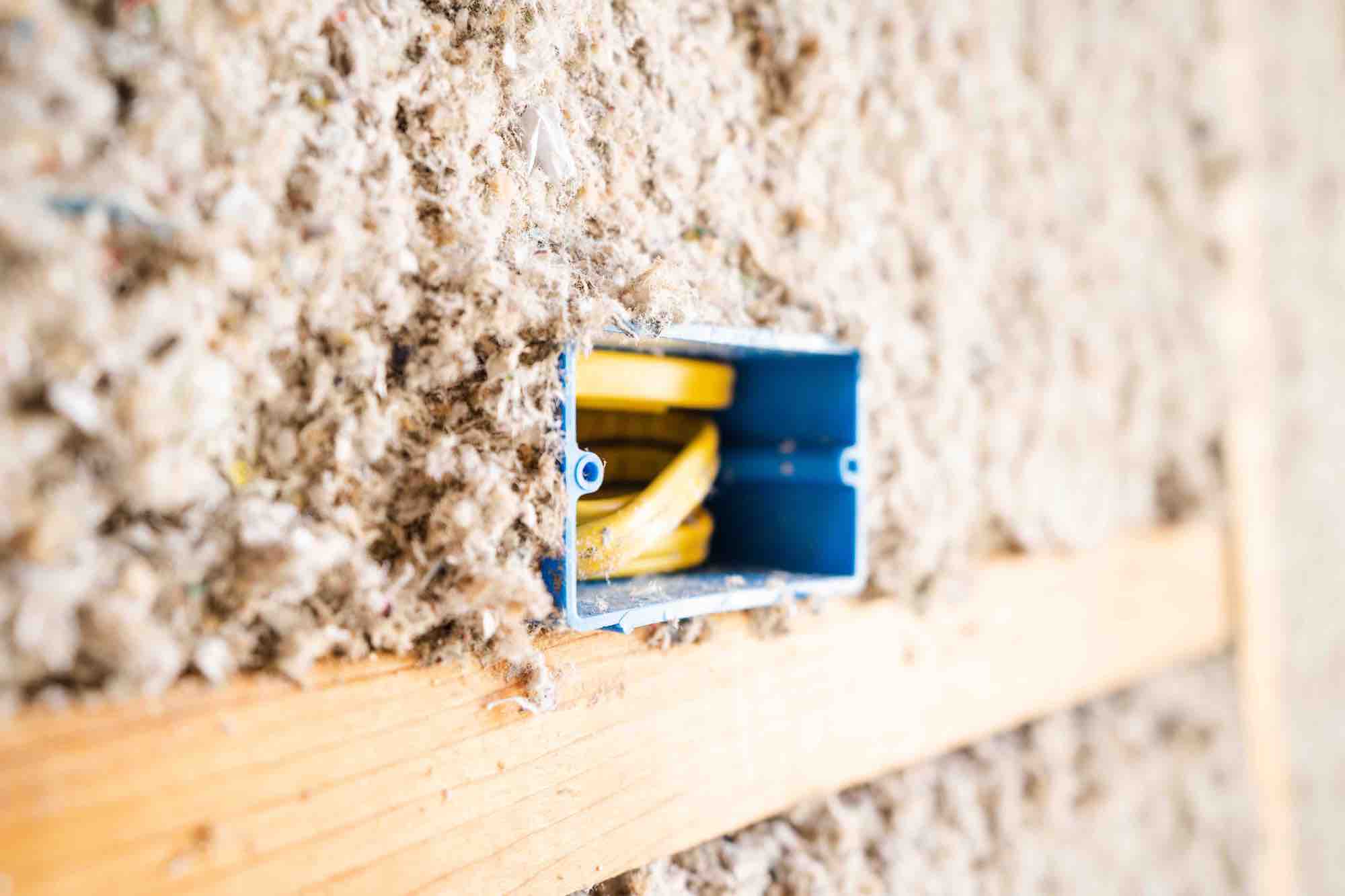When it comes to insulating homes, cellulose insulation is rapidly becoming a preferred choice for homeowners and builders alike. Made primarily from recycled paper products, this type of insulation is not only environmentally friendly but also offers excellent thermal performance. Let’s delve into what cellulose insulation is, its benefits, and why it might be the perfect choice for your next insulation project.
What is Cellulose Insulation?
Cellulose insulation is a plant-based product derived mainly from recycled paper, particularly newsprint. These paper products are treated with non-toxic borate compounds to make the insulation fire-resistant and to prevent mold and pests. The result is a fluffy, fibrous material that can be blown into walls, attics, and other spaces in a home to provide insulation.
The Benefits of Cellulose Insulation
- Eco-Friendly: One of the most significant advantages of cellulose insulation is its environmental impact. Since it is made from recycled paper, it helps reduce waste and the demand for new raw materials. Choosing cellulose insulation supports recycling efforts and minimizes the carbon footprint associated with manufacturing traditional insulation materials.
- Energy Efficiency: Cellulose insulation offers excellent thermal performance, which means it helps keep homes warm in the winter and cool in the summer. This efficiency translates into reduced energy consumption for heating and cooling, leading to lower utility bills and a more comfortable living environment.
- Fire Resistance: The borate treatment that cellulose insulation undergoes makes it highly resistant to fire. Unlike some other insulation materials, cellulose does not release toxic smoke when it burns, providing an added layer of safety for homeowners.
- Soundproofing: Due to its dense, fibrous nature, cellulose insulation is also effective at soundproofing. It helps dampen noise from outside and between rooms, creating a quieter, more peaceful home environment.
- Air Quality: Cellulose insulation does not contain harmful chemicals or volatile organic compounds (VOCs), making it a healthier option for indoor air quality. Its mold-resistant properties also help maintain a healthy living space.
Installation Methods
Cellulose insulation can be installed in various ways, depending on the area being insulated:
- Blown-In Insulation: This method involves using specialized equipment to blow the cellulose fibers into attics, walls, and other cavities. Blown-in insulation is ideal for retrofitting older homes where existing insulation may be inadequate or nonexistent.
- Dense-Pack Insulation: In this method, cellulose is densely packed into wall cavities using high-pressure equipment. Dense-pack insulation is particularly effective for reducing air infiltration and improving energy efficiency.
- Wet-Spray Application: Wet-spray cellulose insulation is mixed with a small amount of water before being applied. This technique is often used in new construction, as it allows the insulation to adhere to surfaces and fill cavities completely.
Comparing Cellulose to Other Insulation Materials
When choosing insulation, it’s essential to consider how cellulose stacks up against other common materials like fiberglass and foam:
- Fiberglass Insulation: While fiberglass is widely used and relatively inexpensive, it can be irritating to the skin and lungs during installation. Cellulose, being made from paper, is easier to handle and poses less risk to health.
- Foam Insulation: Foam insulation, particularly spray foam, offers excellent thermal performance but can be costly and contain chemicals that may affect indoor air quality. Cellulose provides a more natural alternative without sacrificing efficiency.
Considerations and Maintenance
While cellulose insulation offers numerous benefits, there are a few considerations to keep in mind:
- Settling: Over time, cellulose insulation may settle, reducing its effectiveness. However, this can be mitigated by proper installation techniques and using dense-pack methods.
- Moisture Control: Although treated to resist mold, cellulose insulation should still be protected from excessive moisture. Proper ventilation and vapor barriers can help maintain its performance.
- Professional Installation: For optimal results, it’s recommended to have cellulose insulation installed by professionals who are experienced with the material and equipment.
Conclusion
Cellulose insulation stands out as a versatile, eco-friendly, and efficient option for insulating homes. Its ability to reduce energy consumption, improve indoor air quality, and provide excellent fire resistance makes it a compelling choice for homeowners looking to upgrade their insulation. By opting for cellulose insulation, you not only enhance the comfort and safety of your home but also contribute to a more sustainable future. Whether you are retrofitting an older home or insulating new construction, cellulose insulation is worth considering for your next project.
